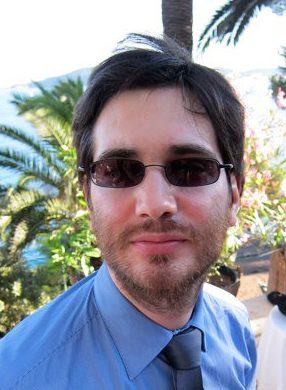News
The IbyL code is avaible for download here.
I will be at NIPS 2014 Montreal, CA: see you there!
About me
I am a PhD student with Ecole des Ponts ParisTech / University Paris-Est
and a research analyst with the Geological and Planetary Sciences
division at Caltech. You can download a short resume here.
My reserach interests are stereo-vision, discrete optimization, graphical models, and learning.
You can email me at: b co ne jo (at) cal tech (dot) edu
I am looking for a summer intership on one of the following subjects: stereo-vision, high order MRF inference, structured learning, or any engineering project related to computer vision and applied mathematics.


